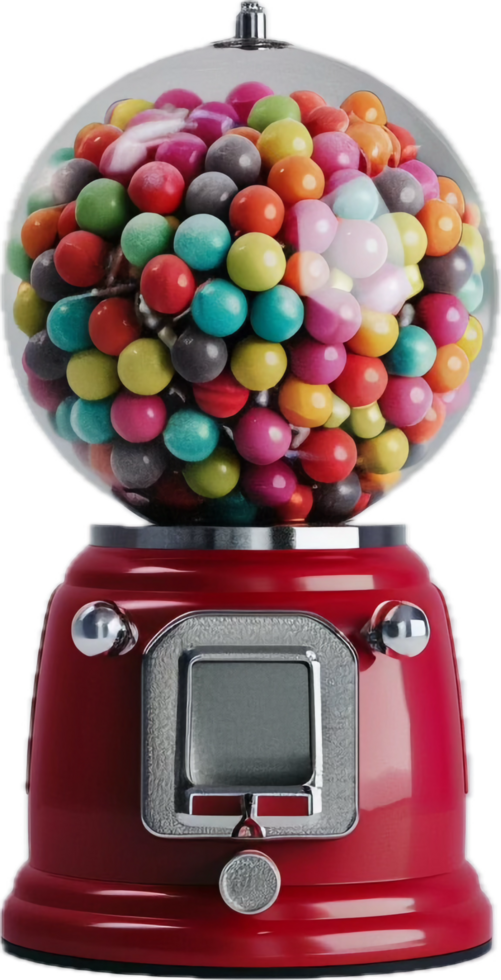When he wrote to Vivian to win her heart, Merlin did not praise his own merits but flattered those of the fairy. He did not copy the letters addressed to his previous conquests but emphasized the detail that would make her feel unique. No need for long speeches and elaborate illuminations, what he had to say to her was in a few words and did not require a drawing. He did not have thirty-six requests to address to the beautiful, but just one-and without equivocation: that she accepted the appointment to which he burned to see her. He was not discouraged by the first refusal, for he knew that the persistent are always rewarded. So he made a patient courtship, seizing a thousand opportunities to fan the flame that was growing in Viviane’s heart by consuming her last reluctance. He finally knew with certainty the exact moment when she would be in the best position to yield to his repeated assaults. The day she finally accepted his proposal, he had planned every detail of their meeting, so much so that she capitulated without effort.
As heirs to the courtly tradition, we are convinced that email marketing is like romantic correspondence: certain practices have proven their effectiveness, so let’s adopt them without hesitation! Here are the five essential ingredients to increase the performance of your emails.
1. Know who you are talking to
Do you know the three virtues of a good database? Qualification, segmentation and personalization.
Data quality
Quality data is obviously essential to a successful campaign: the best email in the world is worth less than a mediocre one if it is sent to the wrong address (and the second one to the right address). Don’t start your email with “Dear da Vinci” thinking you are using the first name of your recipient and avoid sending the same email twice to the same person, it doesn’t look very serious.
Relevant segments
Segmentation – the art of dividing your audience into homogeneous groups – is usually based on demographics: for example, you can target all the men in the north of Italy who belong to the CSP + and are named Lorenzo. But your segmentation will be much more relevant if you add behavioral criteria: for example, focus on the Lorenzos who visited your blog about war machines or liked your sfumato studies on Insta.
Personalization data
Personalization is what makes the difference between a flyer and a communication between individuals; your recipient knows very well that he is not the only object of your attention, but you recognize his uniqueness and he likes that.
2. A clear and unequivocal message
A single message
The message, i.e. the information you are communicating, must be simple. Try to convey more than one piece of information and your recipient will get bored, tune out or wonder what you want from him or her. If you have more than one message to deliver, then there is no other solution: you will need more than one email.
Cognitive, affective or conative: you have to choose
We can distinguish three kinds of messages: those aimed at the head, those aimed at the heart and those that look lower-no, even lower: at the legs. The first ones are those that want to make people know, to make them aware, to make them think. The second ones arouse an emotion: desire, fear (not recommended) or a feeling of belonging (better). Finally, the third category of messages is entirely focused on a specific action: registering for an event, making an appointment, giving consent and delivering personal information… Be careful, this category does not have a monopoly on the call to action; but it approaches it in a more direct way.
Decide on one of these three categories, choose your unique message and stick to it: each element of your email (each sentence, each image) will only be allowed to stay if it expressly conveys this message.
3. The right time
The right date
Traditionally, direct marketing campaigns follow a promotional calendar dictated by the internal organization of the company or the seasonality of the business activity. For more efficiency, you can also rhythm your campaigns to the customer’s life cycle or to the key stages of their relationship with your company; for example, write to Florentine patrons at the time of their tax return, or to Milanese dukes when the geopolitical context creates a serious need for military innovation.
The right time
Question the sacrosanct rule that your emails must be sent on Tuesday or Thursday at 11am and ask yourself if there are not segments in your target audience that are more responsive on Sunday evening or Friday morning. Knowing the right time requires you to get rid of certain preconceived ideas and observe the behavior of your contacts: in short, you have to constantly test to know what works.
4. A simple and effective presentation
Make people want to open the email
Don’t overlook any element of your email: the sender’s name and the preheader are just as important as the subject line to ensure that your email is opened. Every word in the subject line should be handpicked, and the most important words placed at the beginning of the sentence.
Once your email is opened, its content (consisting of the teaser, body text, images and call to action) must be in line with the message announced in the subject line and fulfill the promise made in the pre-header.
Grab the reader’s attention
When writing the body of the text, forget the formulas and stylistic effects of epistolary literature and get straight to the point. Think of the you-me-we rule beautifully illustrated by Leonardo in his famous cover letter to the Duke of Milan: “You need military superiority; I have imagined unequalled machines; together, we will crush your opponents”. A little advice for writers: imagine that your email will be read by a hyperactive pre-teen who has forgotten his medication for attention deficit disorder. You only have a few seconds to convince him of the relevance of your message, and the slightest distraction can make your prose fall into oblivion forever.
Make people want to click
In short, the key words are conciseness, consistency and fluidity. If you like to spread out in detailed explanations to argue your offer, relegate this literature below the call to action so that it remains above the waterline, i.e. visible from the beginning of the email without the need to scroll. So say goodbye to banners that take up valuable space, social network icons that can distract from the call to action and all those invasive banners with a purely decorative purpose. Remember that it is on the screen of a mobile device that the majority of your recipients will discover your email. By respecting good practices, you will not only increase the efficiency of your campaign but also preserve your reputation, which is essential for the deliverability of your emails.
5. Thinking about the aftermath
Fluidity, coherence and conciseness do not only concern the email but must be applied to the entire journey that follows the click. The transition to the landing page must be seamless, in a graphic style and lexical register identical to those of the email.
Pay attention to the landing page
Within this landing page, the form is more likely to be found if it is located on the right side of the page and to be filled in if its button repeats the call to action of the email. The body text of the landing page will normally not be read, except by the undecideds: place there your massive arguments that will overcome the last resistances. At this stage, don’t include links to other pages that would give your customer the opportunity to forget to fill in the form. You can let go just after the click on the form button, in the thank you page: there, no more brakes on traffic generation or promotion of your social profiles.
Reassure your customers
Provide an optimal experience by setting up an appropriate response to any customer request: unsubscribe, download, registration requests… and don’t be stingy with confirmation messages, it reassures people that their request has been understood and taken into account.
Analyze the performance of your emailings
Measure conversion rates at each stage of the customer journey to detect bottlenecks. If your customers are arriving at a certain stage in too small numbers, you are asking them to concentrate beyond their capacity (remember, the hyperactive pre-teen).
Therefore, your campaign reports and dashboards must become your permanent reference. They are also the best weapon against one of the worst mistakes a marketer can make: assuming that a course that seems obvious to him is just as obvious to customers.
These topics – and many others – are covered in our marketing automation training. Find out more!






